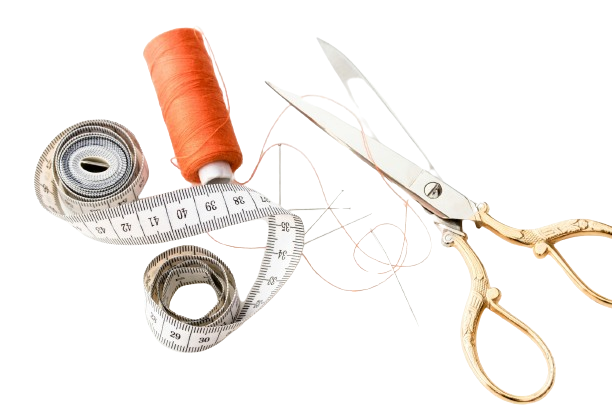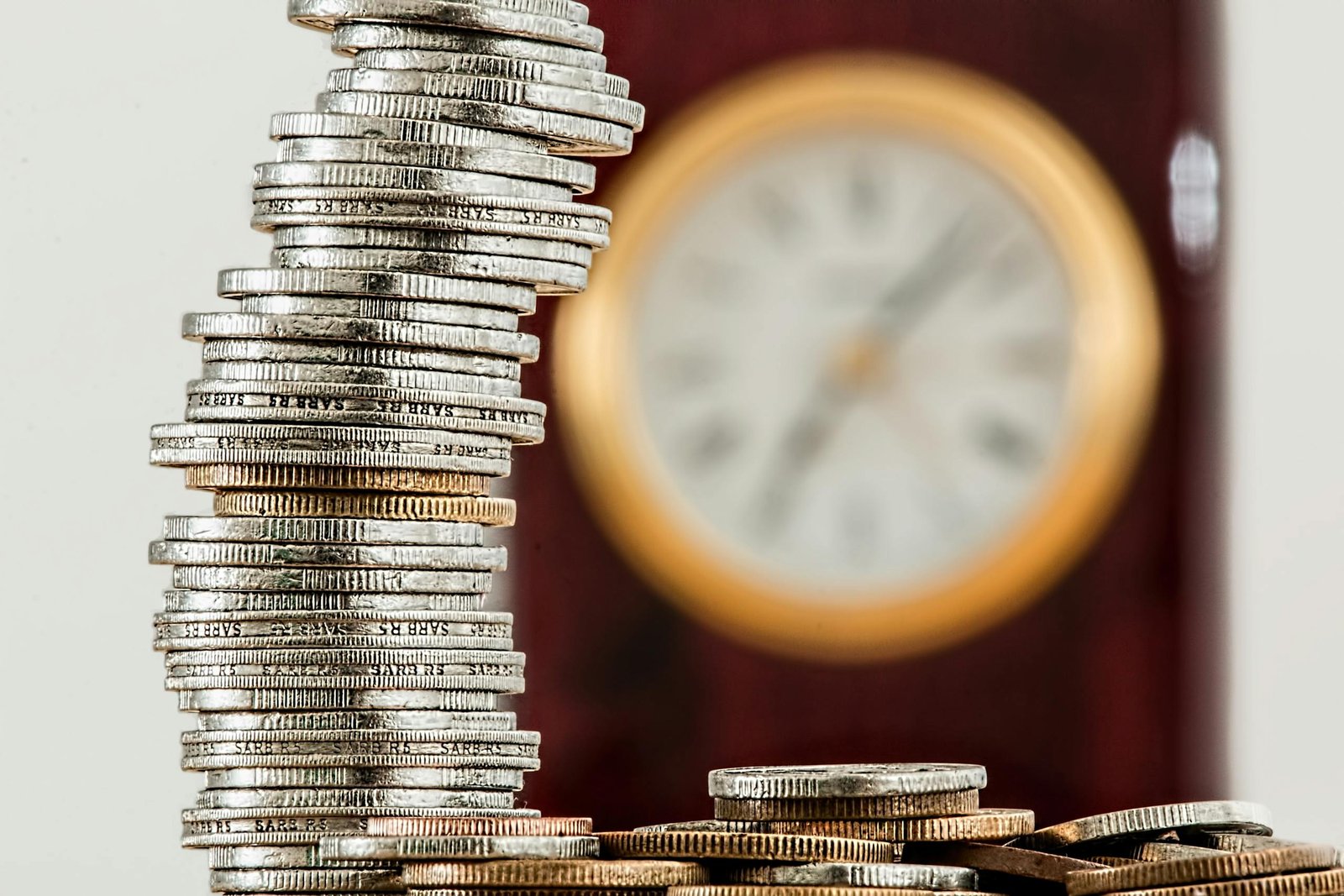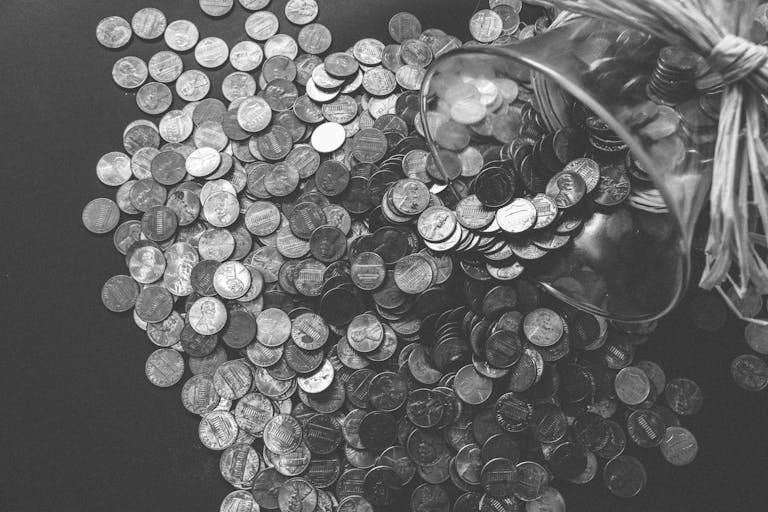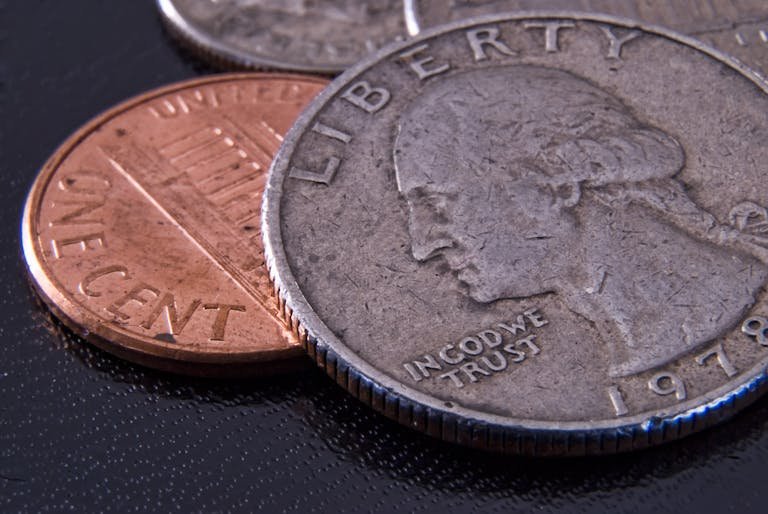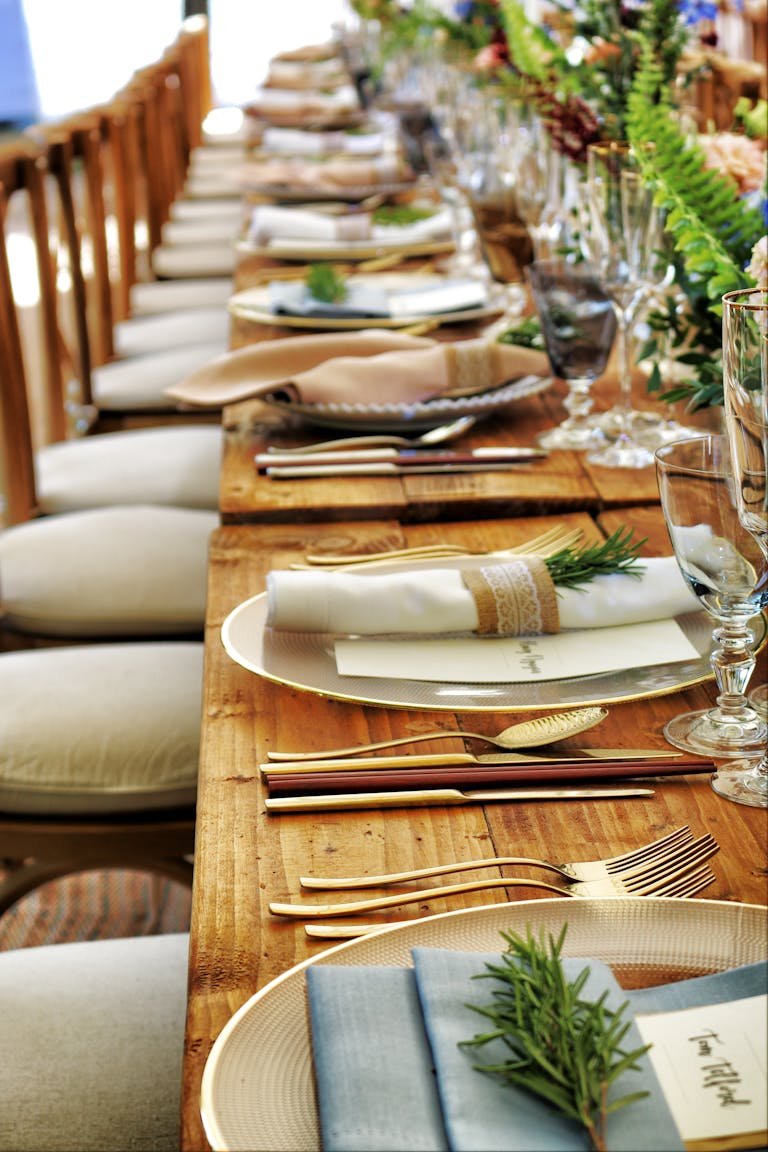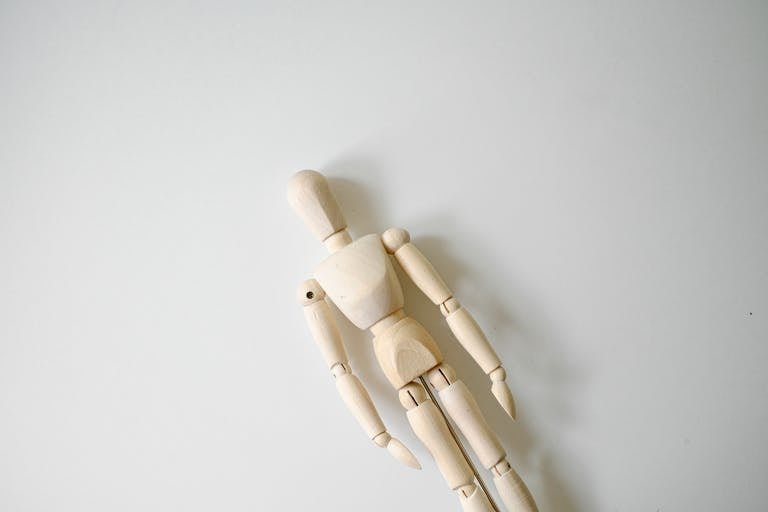Clad Coins: Uncover Their Secrets
Coins are rather common household items that everyone and anyone would use without much thought. Nevertheless, the stuff that they’re made of out of and how they’re made is anything but the same. Cladded coins, a coinage introduced by the middle of the 20th century, represent a special point of interest owing to their stacked design.
In this blog post, we will discuss What Is Clad Coins? its History and material use and its anatomy.
Definition
“Clad coin”, is a kind of coin that is made from the attachment of different metals to each other, in order to form a single whole. Generally, the core made from a less valued metal such as copper is covered by the nickel-zinc alloy, thus, forming a silver-like appearance of the coin.
History of Clad Coins
Pre-1965 Coinage
Before 1965, usually, the American mints made from 90% silver a dime, a quarter, half dollars, and a dollar. This proves that the silver composition, rather than the face value of the coins, made them even more desirable and significant.
The Silver Price Surge
By the time the mid-1960s came, the price of silver was considerably higher. With the increased supply, minting adequate coins with a high content silver became very near impossible and extremely costly. However, one major hindrance emerged as the market value of silver started eclipsing the amount of coins’ face value.
Introduction of Clad Coinage
In response to these economic pressures, the US Mint introduced clad coinage in 1965. This new coinage technique with its copper core covered by nickel and zinc layers was shaped. Switching from noble metals allowed the coins to remain essential for transactions, while silver coins were saved for other pivotal things.
Materials Used in Clad Coins
Overview of Metals
The following metals are considered as the most regularly used clad coin metals which are copper, nickel, zinc and manganese. With each post being an unique metal, their overall performance helps in making coins suitable for different denominations.
- Copper: Copper, robust conductivity and high formability, is commonly used for core of the clad coins. It’s a hard metal that is quite resistant to stresses such as friction or impact.
- Nickel: The layer to which nickel is most typically used is the one that creates a silvery outlook while ensuring durability.
- Zinc: Zinc being employed in small amounts here gives strength and helps with the connecting process between different metal layers.
- Manganese: This metal is featured in some as well as the dollar pieces, and also adds to their special color and durability.
The Anatomy of a Clad Coin
Core Composition
The primary component for these coins is normally copper. Copper is the obvious choice because of its affluence and cheaper cost compared to the rest metals. With this core, the currency gets structural integrity.
Outer Layers
The cladding is created using a nickel-zinc alloy for outer layers. This makes the coin look similar to a silver one, while at the same time adding one more reliable layer.
Bonding Process
The metals are joined together with a high pressure and temperature technique, so that each constitutes a single unit that acts as a whole. It is through this bonding-which is significant-that the coin is guaranteed to remain in excellent shape throughout its lifetime.
Examples of Clad Coins
US Dime
The US dime, first introduced in its clad form in 1965, has a copper core with outer layers of nickel. It remains one of the most commonly used coins in American currency.
US Quarter
Furthermore, the US quarter also started using a clad design in 1965. Hence, adding copper core to a nickel outer shell, the famous U. S. coin retains its traditional look and saves costs, thanks to durable clad coinage.
Half Dollar and Dollar Coins
The half dollar and dollar coins followed suit, which were last to transition to clad compositions to save silver and reduce production-related expenditures. These coins tend to continue circulating and provide the opportunity to make many transactions.
How Clad Coins Are Made
Coining with clad coins includes many difficult and tedious steps. First, the metal bars are manufactured. After that, these strips are assembled with the help of high pressure to produce a cohesive material. The two strips are glued together forming a continuous one and then these get cut into blanks, circular elements that will be minted into coins.
Steps Involved in the Minting Process
- Metal Bonding: The lower and upper layers are pelted under high pressure.
- Blanking: The bonded metal strip is punched into circular blanks.
- Annealing: The blanks are heated until the metal melts, so that it is easier to hammer them.
- Cleaning: The blanks are washed off to get rid of any remaining slag that came out during the annealing process.
- Striking: The blanks just struck are now firmly imprinted with coins design by dies.
- Inspection: Each coin is checked individually so as to guarantee it meets our quality standards.
Importance of Clad Coins
Cost-Effectiveness
Separate coins save both weight and money compared to solid silver coins. The US Mint could manufacture coins whose appearance and feel resembled those of solid silver while keeping the costs considerably lower, by choosing the copper core and a nickel-zinc alloy as the outer layers.
Economic Impact
The circulation of clad coins would introduce an important change in the US economy. It provided the US Mint with the capacity to still make coins while coin face value increase which could have led to inflationary force. Other than being saved, silver could also be used for industrial purposes such as the manufacture of electronic devices, jewelry, and photography.
Durability and Suitability for Circulation
Clad coins usually gets the praise for being durable and usable in everyday transactions. An alloy of metals assures the coins durability and makes the coins fit for usage in circulation for extended periods. This aspect of stability saves cost on new coin minting which is in line with the overall goal of cost effectiveness.
Read Also: How To Decrease In Crochet
Final Words
Coining of the money, clad coins represent the practical approach to overcome the constraint of raising metal prices. The fact that they are cost effective, durable, and easy to use is what has made them an irreplaceable part of the monetary system used globally. Although they do not have the in-built value of silver coins, their capability to function in most transactions and their widespread use, speak to the importance of their everyday uses. With the progression of technology, panels and economic conditions, the pattern of clad coinage undoubtedly will undergo changes to maintain its significance for the future.
